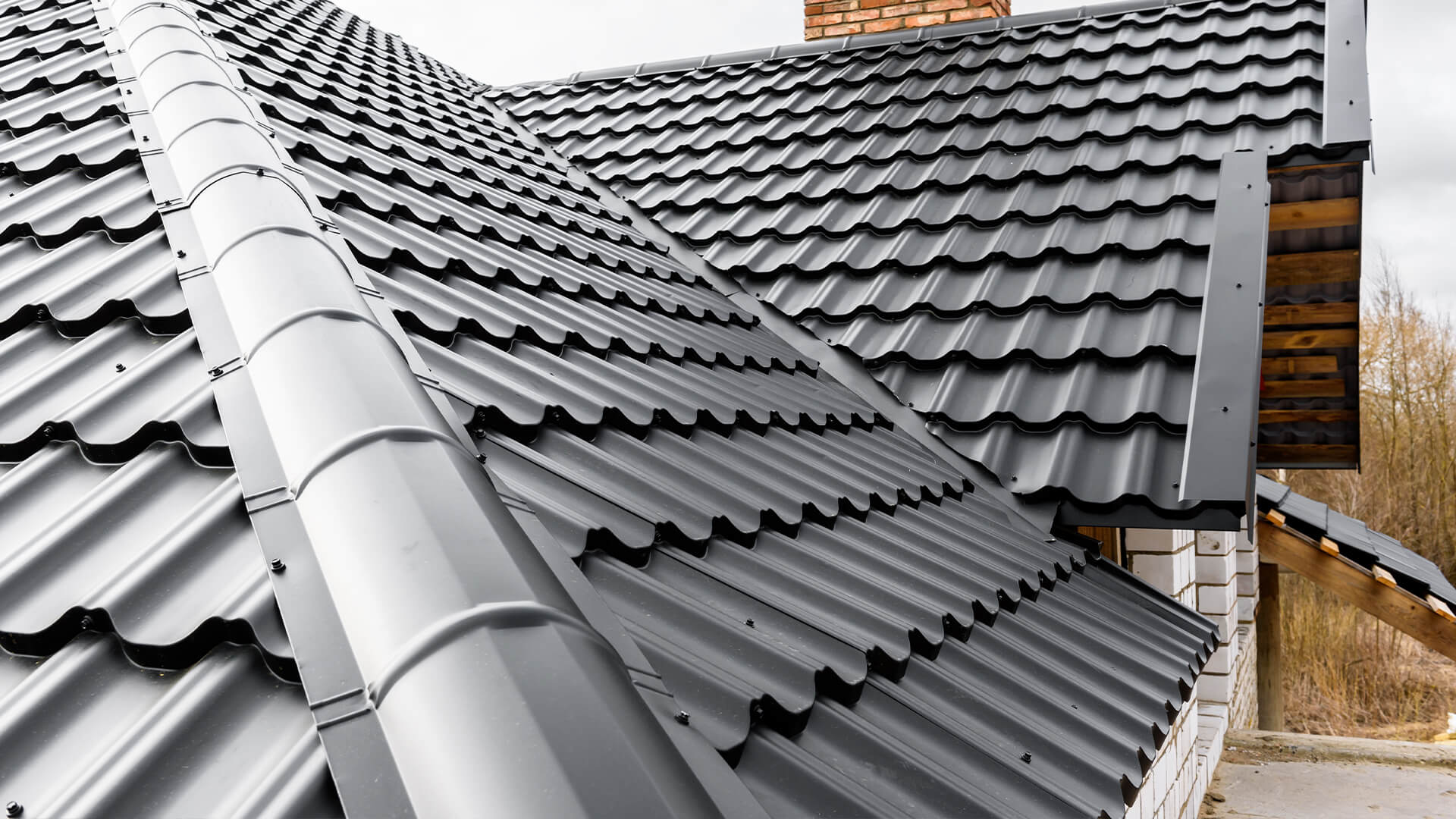Ideal Practices for Ensuring Proper Roof Covering Air Flow
Making certain appropriate roofing air flow is essential for the long life and performance of a roof covering system. A balanced consumption and exhaust air vent ratio, commonly 1:300, plays a critical role, with consumption vents ideally placed at the reduced edge of the roof for great air entrance and exhaust vents at the height for cozy air departure. Regular examinations to identify clogs and maintain clear air movement are critical. Moreover, maintaining insulation away from vents is essential to avoid airflow constraint. Comprehending these fundamental elements sets the stage for more detailed understandings into setup and upkeep techniques that can substantially enhance your roof's efficiency.
Understand Ventilation Fundamentals
Appropriately comprehending ventilation basics is crucial for ensuring the durability and efficiency of roof. Reliable air flow mitigates dampness build-up and temperature extremes in the attic room, both of which can result in substantial structural damage gradually. A well-ventilated roofing system aids in stopping common issues such as mold and mildew growth, wood rot, and ice dams, which can endanger the stability of the roof covering products and the underlying structures.
The key objective of air flow is to assist in the motion of air, enabling a regular exchange in between the exterior and indoor settings. This balance is accomplished through a mix of consumption and exhaust vents that interact to preserve optimal air movement. Intake vents, generally situated along the soffits or eaves, allow fresh air to get in the attic room room, while exhaust vents, typically positioned at or near the roof ridge, enable hot, humid air to escape.
Secret elements influencing the efficiency of roofing system ventilation consist of proper placement, adequate sizing, and making certain that both consumption and exhaust vents are unblocked. Regular assessment and upkeep are essential to determine possible obstructions, damages, or inadequacies in the air flow system, therefore safeguarding the roof covering's performance and durability.
Kinds Of Roof Vents
Roofing system vents play an important duty in preserving effective attic air flow and, by expansion, the overall health and wellness of the roof. Numerous kinds of roofing system vents are offered, each with distinct advantages customized to certain roofing demands. Ridge vents, for example, are mounted along the roof's height, allowing warm, damp air to escape from the attic room. They use constant ventilation and blend seamlessly with the roofline, making them both efficient and cosmetically pleasing.

Soffit vents are installed under the eaves and job in tandem with roofing vents to make sure a well balanced consumption and exhaust system. By allowing cooler air to go into from below, soffit vents help with the expulsion of warm air with top vents. Gable vents, located on the exterior walls of the attic room, offer another reliable remedy, particularly in homes with saddleback roofs.
Assess Your Present Air Flow

Next, consider the age and condition of your roof materials and air flow elements. Older systems may not abide by existing building regulations or might have worn away gradually, lowering their performance. Conduct a comprehensive exam to determine any kind of indicators of damage, such as corrosion, damage, or spaces that might jeopardize the system's efficiency.
Additionally, determine the attic temperature level and humidity levels. High temperatures and humidity can suggest poor air flow - roofing companies. Make use of a hygrometer and thermostat to obtain precise analyses, comparing them with outside problems. Relentless discrepancies recommend potential issues that need addressing.
Installment Best Practices
Efficient installment of roof air flow systems is vital for making sure optimal performance and durability. Correct installment begins with understanding the specific ventilation needs of the roof and the building it covers. This involves computing the proper proportion of consumption to wear down vents, normally sticking to the 1:300 guideline, which stipulates one square foot of air flow for every single 300 square feet of attic floor area.

The positioning of vents is just as vital. Consumption vents should be mounted at the roofing's lower edge, commonly in the soffits, to permit cool air to get in. Exhaust vents, on the other hand, should be installed near or at the roof covering's height to help with the exit of check my reference warm, damp air. This develops an all-natural airflow that helps preserve temperature and moisture balance within the attic space.
Seal all air vent links diligently to protect against air leaks and potential water infiltration. Use high-grade materials and adhere to producer standards to make certain durability and effectiveness. In addition, incorporating ridge vents with baffles can substantially improve air flow effectiveness by avoiding wind-driven rainfall and snow from getting in the attic.
Inevitably, precise installation of roofing ventilation systems alleviates possible issues such as mold and mildew growth, ice dams, and architectural damage, making sure the roofing's honesty and the building's total wellness.
Routine Maintenance Tips
Consistency in upkeep practices is fundamental to making certain the long-term performance of roofing ventilation systems. During these inspections, ensure that vents are totally free of particles, nests, and other blockages that might impede air movement.
Utilize a soft brush or a vacuum cleaner to eliminate dust and particles from intake and exhaust vents. Be mindful not to harm the air vent screens or louvers throughout the procedure.
Appropriate insulation is equally important. Make sure that attic room insulation does not block the vents, as this can severely limit air flow. Reposition or change it to keep article an effective obstacle. if any insulation has actually moved or worked out.
Lastly, change any type of damaged or missing out on parts immediately. Busted vents, cracked roof shingles, or worn-out flashing can all add to inadequate ventilation and needs to be addressed right away. Regular maintenance guarantees that the roofing ventilation system functions efficiently, consequently prolonging the life expectancy of the roof itself.
Verdict
Making sure proper roofing ventilation is critical for maintaining the effectiveness and durability of a roof. Adherence to the 1:300 consumption and exhaust vent ratio, paired with the tactical positioning of vents, is important. Routine biannual assessments, debris cleaning, and making sure insulation does not block air movement are important methods. Executing these ideal practices will certainly promote a well-ventilated roof system, thus alleviating prospective concerns connected to moisture buildup and excessive heat, inevitably lengthening the roof's life expectancy.
A balanced consumption and exhaust air vent ratio, frequently 1:300, plays a critical role, with consumption vents ideally placed at the lower side of the roofing for amazing air access and exhaust vents at the top for cozy air leave. Intake vents, normally located along the eaves or soffits, enable fresh air to enter the attic room, while exhaust vents, frequently located at or near the roof covering ridge, make it possible for hot, damp air to get away.
Soffit vents are installed under the eaves and work in tandem with roof covering vents to guarantee a balanced consumption and exhaust system. By enabling cooler air to get in from below, soffit vents help with the expulsion of hot air via top vents. Adherence to the 1:300 consumption and exhaust vent ratio, combined with the critical placement of vents, is important.